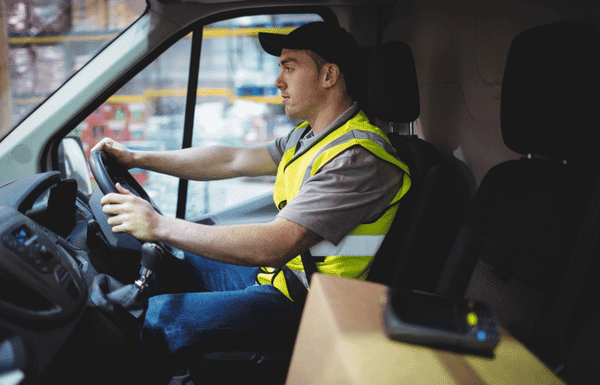Rising living costs are affecting workers across industries, and delivery drivers are no exception. From increased fuel prices to higher vehicle maintenance costs, delivery drivers face significant financial pressures that directly impact their earnings. Here’s an in-depth look at the challenges drivers face, how it affects logistics earnings, and strategies to adapt to these cost pressures.
1. Rising Fuel Costs
Fuel is one of the largest expenses for delivery drivers, and its fluctuating prices have a direct impact on their earnings. With rising fuel costs, drivers often find their profits shrinking, particularly those who work for gig economy platforms that don’t provide reimbursements.
Challenges:
- Higher fuel costs reduce take-home pay for drivers who rely on personal vehicles.
- Long delivery routes in rural areas exacerbate fuel expenses, leaving less room for profit.
Potential Solutions:
- Opt for fuel-efficient vehicles or hybrid models to reduce fuel consumption.
- Use route optimization tools to minimize unnecessary mileage and save on fuel.
2. Increased Vehicle Maintenance Costs
Delivery drivers put significant wear and tear on their vehicles due to long hours and high mileage. Rising costs for parts, labor, and routine maintenance, such as oil changes and tire replacements, add financial strain.
Challenges:
- Frequent vehicle repairs eat into earnings, especially for drivers in gig roles who lack company-provided vehicles.
- Unexpected breakdowns can result in costly downtime, reducing weekly income.
Potential Solutions:
- Perform regular maintenance to prevent costly repairs and keep vehicles running efficiently.
- Budget for predictable maintenance expenses to avoid financial surprises.
3. Inflation’s Impact on Daily Expenses
Inflation has led to higher costs for essentials like food, housing, and healthcare, putting further pressure on delivery drivers. This is particularly difficult for gig drivers who operate without benefits or stable wages.
Challenges:
- Drivers must work longer hours to keep up with rising living expenses.
- Increased competition in the gig economy often results in fewer delivery opportunities, making it harder to offset higher living costs.
Potential Solutions:
- Leverage peak delivery times and surge pricing to maximize income during high-demand periods.
- Explore additional platforms or opportunities to diversify income streams.
4. Reduced Earnings from Logistics Cost Pressures
Rising operational costs are also affecting logistics companies, which can trickle down to drivers. Companies may reduce per-delivery pay rates or eliminate bonuses to manage their own cost pressures.
Challenges:
- Lower base pay makes it difficult for drivers to sustain their income.
- Drivers must complete more deliveries to earn the same amount as before, increasing stress and fatigue.
Potential Solutions:
- Advocate for fair pay structures by joining driver networks or unions.
- Track expenses and explore tax deductions to reduce the overall financial burden.
5. The Role of Technology in Mitigating Costs
Technology offers solutions to help drivers mitigate rising expenses. Apps for route planning, fuel savings, and maintenance tracking can make operations more efficient and cost-effective.
Tips:
- Use fuel rewards apps to save on gas.
- Rely on delivery management software to optimize routes and minimize unnecessary mileage.
Conclusion
Rising living costs present significant challenges for delivery drivers, reducing their earnings and increasing financial pressures. By adopting cost-saving strategies, leveraging technology, and exploring diverse income opportunities, drivers can adapt to these challenges and maintain profitability. As the logistics industry evolves, addressing these issues is essential for ensuring fair compensation and long-term sustainability for delivery drivers.




